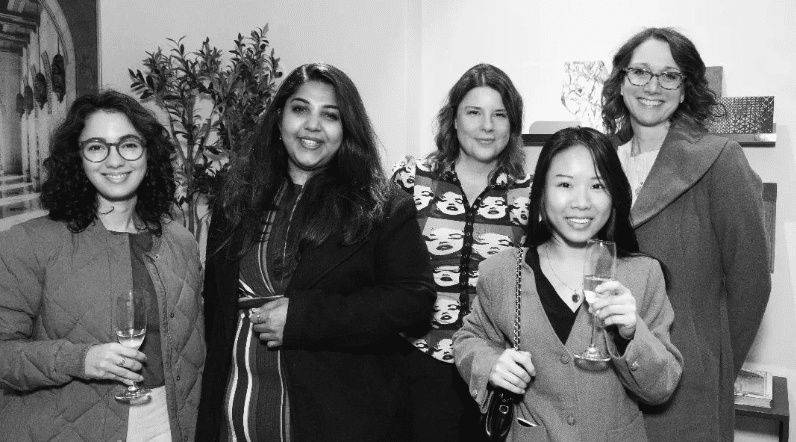Building a Sense of Community
In a hybrid work model, where employees are split between remote and in-office work, it is crucial to foster a strong sense of community and ensure that all employees feel included and valued. Here are some strategies CEO’s can implement:
- Encourage Social Interactions: Create opportunities for employees to connect on a social level. This might include virtual coffee breaks, online games or trivia sessions, or in-person social events for those in the office. Encouraging employees to participate and providing a budget for such activities can boost morale and create a sense of fun.
- Virtual Platforms: Utilize virtual collaboration platforms that offer features beyond just video conferencing. These might include virtual whiteboard functions, instant messaging, and social channels where employees can connect and share ideas, fostering a sense of community even when apart.
- Mentorship Programs: Implement mentorship schemes that pair remote and in-office employees. This can help remote workers feel more connected to the company and its culture, while also providing valuable skill-sharing and development opportunities.
- Regular Check-Ins: Ensure managers are regularly checking in with their team members, both individually and as a group. These check-ins can be a forum for discussing any concerns, sharing achievements, and providing support, helping employees feel valued and connected to the wider team.
Embracing Asynchronous Communication
In a hybrid model, not everyone will be working at the same time or in the same place. CEO’s should encourage asynchronous communication to ensure everyone can stay connected and collaborate effectively:
- Provide Training: Teach employees the value of asynchronous communication and how to use the necessary tools effectively. This might include training on project management software, document collaboration, and effective email or messaging techniques.
- Encourage Documentation: Foster a culture of documentation, where employees are encouraged to document processes, decisions, and project updates. This ensures that everyone, regardless of their work location or hours, can stay informed and contribute effectively.
- Use the Right Tools: Provide employees with access to user-friendly tools that support asynchronous collaboration, such as cloud-based document storage, project management software, and shared online calendars.
Leading by Example
CEO’s set the tone for the entire organization, so it is important to lead by example when it comes to embracing the hybrid model and fostering a sense of community:
- Model the Behavior: CEO’s should participate in social events, virtual or in-person, and encourage open communication. By doing so, they signal to employees that these interactions are valuable and important.
- Share Personal Experiences: Sharing their own experiences and adaptations to the hybrid model can help CEO’s appear more relatable and accessible. This might include discussing their own remote work setup, the challenges they face, and the strategies they use to stay connected.
- Embrace Feedback: CEO’s should regularly seek feedback from employees and act on it. This demonstrates a commitment to continuous improvement and creates a sense of involvement and ownership among employees.
By fostering a strong sense of community and leading with empathy, CEO’s can create a positive and productive work environment, even in a hybrid model. This, coupled with a thoughtful approach to interior design and a focus on employee well-being, will ensure a happy and engaged workforce, driving the organization forward successfully into the future of work.

